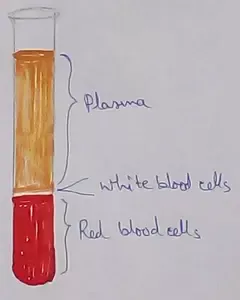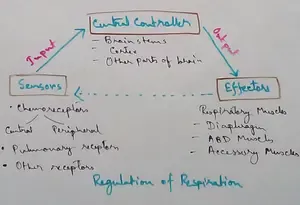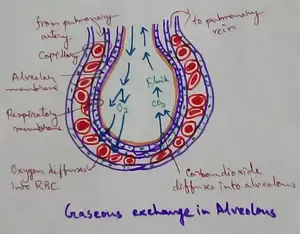Hindi Diwas Day
Ironic, isn’t it? That a write–up on Hindi Diwas has now to be written in English to address a larger mass. Such is the abysmal state of affairs in a nation which since Independence has not been able to cast away its colonial hangover and cling onto English for its sustenance and identity. Indian government has long since realized the importance of dedicating a day to honor and uphold the existence and identity of this language as an integral part of a major section of the Indian population for whom Hindi or one of its many dialects is a mother tongue.
14th September has been designated as the Hindi Diwas day which is basically a Central Government initiative to promote the usage of tis language.
Mahatma Gandhi as far back as in 1918 had realized that Hindi had to be pitched in as one of the premier languages of the nation if it had to counter the more aggressively promoted and enticing prospect of English language. He also proposed at that time that Hindi needed to be made a national language since it was the language f the people of India. It was however in 1949, post-independence that Hindi, along with English was accepted as one of the official languages of India by the Constituent Assembly.
The Hindi Diwas was celebrated for the first time in the year 1953 in order to leverage and encourage the use of this language on a pan India basis.
This Day holds a lot of significance the corridors of the government chambers which witnesses a host of activities centered to commemorate this day. The Hindi Diwas Samaroh celebration is held in the premises of the PHD Chamber of Commerce in New Delhi. Special functions are lined up in almost all the government offices as a mark of honor for this language.
Right after Independence when India won the freedom struggle after a lot of unified efforts from all quarters, the country stood divided in 1947 on the grounds of religion and witnessed religious differences filled with acrimony and hatred. As the pieces of the broken nation were being tried to salvage and consolidated; one by one, other differences started cropping up. Some regional, some linguistic, some based on caste and some based on East-West-North-South-Central divide. An urgent need was felt for a unifying force of cohesion which would sublimate these petty differences at the altar of commonalty.
India was in of need a unifying factor to bring the country on a common footing. Hindi was identified as one language that had the potential to bridge this divide with far-reaching access. At that time it seemed to be the most feasible option as this was the language in government quarters and most of Northern and Central India.
However the process of national integration through the imposition of one language spoken by one section of people in a country of diverse cultures and languages proved to be an uphill task since for million other Indians, Hindi was even more alien than English, as it was not rooted in their culture.
Even after more than seven decades of independence Hindi has yet to achieve the star status that English enjoys in India. However, it is a fact that not only within the country but Hindi is also recognized as an International language as it is brought in use by people of Indian origin settled abroad like Mauritius, Surinam, Trinidad and Tobago.
From Hindi Diwas Day to HOME PAGE
Recent Articles
-
What Is Plasma? | Blood Plasma | Proteins | Nutrients | Cholesterol
Nov 07, 25 10:29 AM
Blood is a mobile fluid which is a connective tissue and is derived from the mesoderm like cell any other connective tissue. Colour of blood is reddish and that flows inside the blood vessels by means… -
Disorders of Respiratory System | Tuberculosis | Pleurisy | Emphysema
Oct 28, 25 11:39 PM
Tuberculosis is very common disease and is caused by a type of bacteria called Mycobacterium tuberculosis. This disease causes different trouble in the respiration and infection of several parts of th… -
Regulation of Respiration | Respiratory Centres | Inspiratory Area |
Oct 14, 25 12:13 AM
Respiratory Centre is the area that controls the rate of respiration and it is observed to be located in medulla oblongata and pons. Respiratory Centre has the following will dispersed components like… -
Explain Transport of Gases | External Respiration | Tissue Respiration
Oct 09, 25 11:35 PM
In humans gaseous exchange is completed in the following ways the steps are - External Respiration or Breathing - Breathing in false taking in of Oxygen and giving out of carbon dioxide in the body. M… -
Kind and Number of Teeth | Location of Teeth in Mouth | Care of Teeth
Sep 11, 25 12:52 AM
Kind and Number of Teeth





New! Comments
Have your say about what you just read! Leave me a comment in the box below.